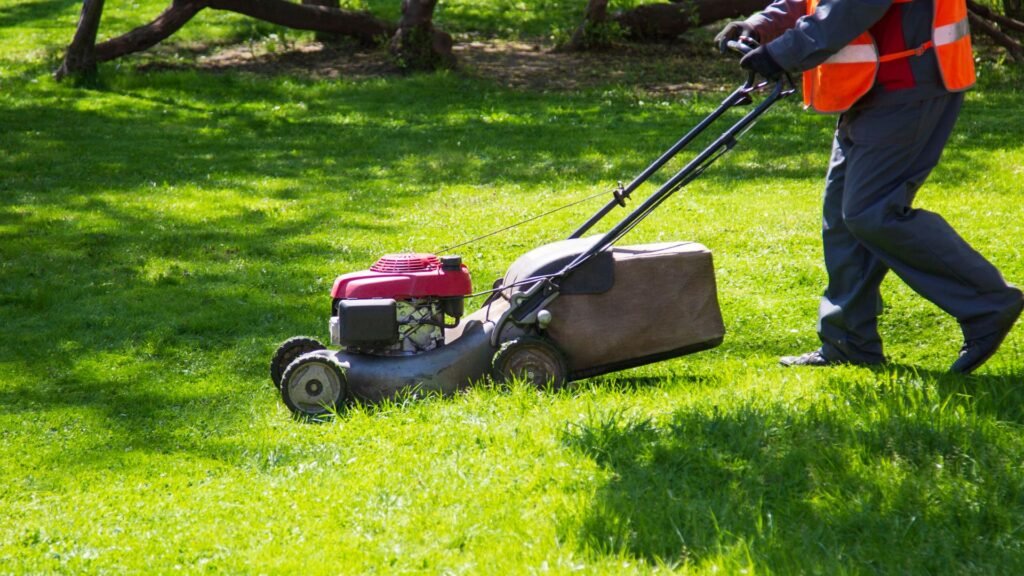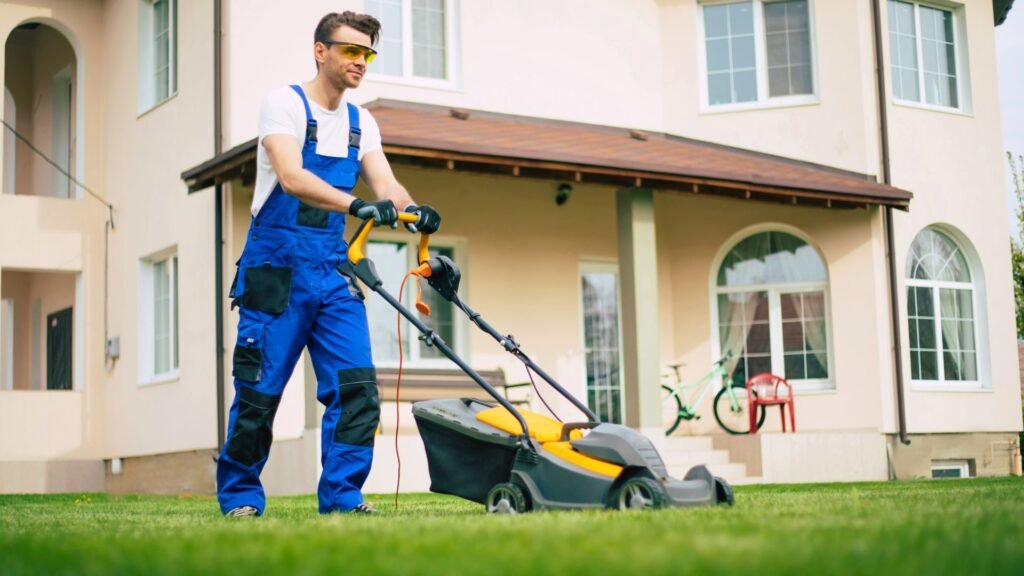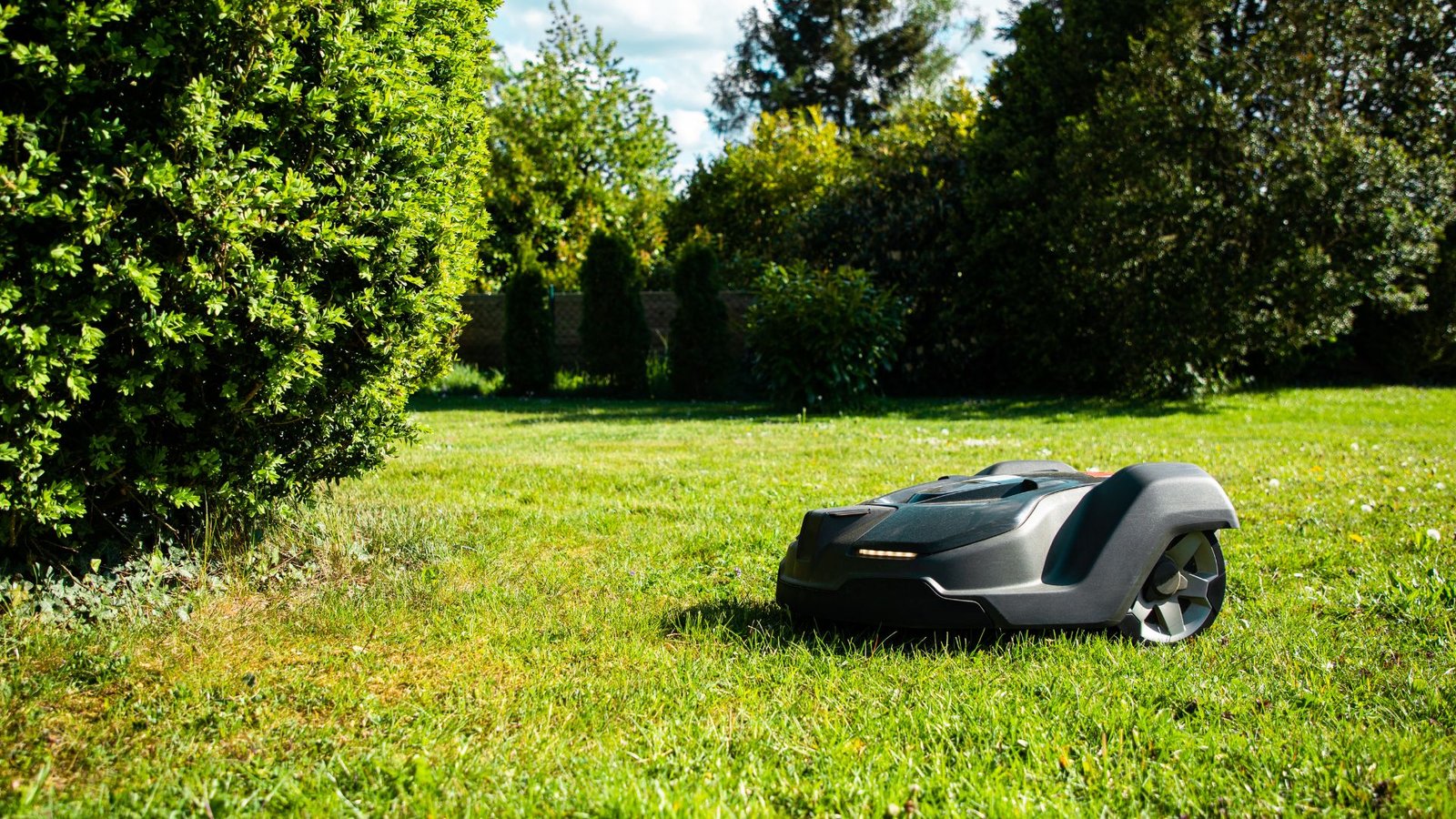Robot Mower Maintenance Guide affects how long your automatic gardening assistant will serve you. Proper care enables these helpful devices to last between 7 to 10 years. Many owners unknowingly reduce this lifespan through common seasonal mistakes.
Most people invest in state-of-the-art technology but fail to recognize that robot lawn mower maintenance needs year-round attention. Research indicates that robotic mowers enhance lawn health by cutting grass more frequently in smaller amounts. This approach creates a neater and more uniform lawn appearance. The benefits quickly diminish when owners neglect simple maintenance tasks during robot mower setup or regular care routines.
This piece explores the critical maintenance mistakes that robot mower owners make each season. You’ll learn to avoid the pitfalls that reduce performance and longevity, from spring setup blunders to winter storage errors.
Spring Maintenance Mistakes
Spring wakes up your robot mower from its winter rest. You need to pay close attention during this important time. Your mower’s performance and lifespan can drop a lot if you skip these core maintenance tasks.
Skipping battery checks after winter
Robot Mower Maintenance Guide owners often rush their machines back to work without checking the batteries properly. Lithium-ion batteries don’t handle extreme temperatures well. Your battery’s lifespan will take a hit if you store the mower with empty or full batteries in freezing weather. Most models need a full charge before you start them after winter storage. Some older models should get charged every three months while in storage.
Neglecting blade sharpness before the first mow
Sharp blades help protect your grass from diseases and give you a clean-cut lawn. Spring grass grows fast, which makes sharp blades even more important. You should install new blades and screws when the season starts instead of trying to sharpen the blades yourself. Sharpening them on your own can harm your lawn and mower. This simple change prevents rust and gives you clean cutting edges for the new mowing season.
Forgetting to update firmware or app settings
Your robot mower works its best when you keep the firmware updated. Updates bring new features, improvements, and security fixes. Many manufacturers release spring firmware updates that make mapping and mowing more efficient for the new season. Modern mowers check for updates automatically once a week. You should still manually check these things:
- Your app settings are current
- The mower’s time and date are right
- The mowing schedule fits spring conditions
Overlooking boundary wire damage during setup
Take a walk around your garden to check the boundary wire installation before the first mow. Winter can be tough on wires – frost and rodents might damage them. Freeze-thaw cycles can push sharp stones through poorly installed wires. Look for loose stakes and wire damage. Your boundary wire needs adjusting if you’ve added new obstacles like trees to your garden.
Good spring maintenance of your robot mower will lead to smooth operation and a beautiful lawn all season long.
Summer Maintenance Mistakes

Robot mowers face their toughest challenges during summer. Your automated helper must deal with high temperatures and quick grass growth during this season.
Letting grass build up clogs the undercarriage
Your mower’s undercarriage collects grass clippings and debris quickly in the summer months, particularly around the blade disk and wheels. This buildup can damage vital parts and reduce how well your mower works. You should check the undercarriage each week, and after every use in humid weather. A brush works best to remove dried clippings. Remember not to submerge your mower or use pressure washers because this damages the electronics.
Ignoring battery overheating in direct sun
Summer heat can take a toll on your mower’s battery, but many owners miss this issue. Robot mowers typically work best between 0-50°C (32-122°F), while charging works optimally between 0-45°C (32-113°F). Heat drains the battery faster and causes unexpected shutdowns. Your best defense is to put your charging station in a shaded area. Schedule your mower to run during cooler morning or evening hours instead of peak sunlight.
Delaying blade replacements during peak growth
Sharp blades become crucial during summer’s rapid growth phase. Professional robot mowers need new blades every 2-6 weeks to cut grass properly. Residential models should get fresh blades at least once mid-season. Your lawn looks messy with dull blades, and they put extra stress on the motor and battery.
Not adjusting the mowing frequency for fast growth
The biggest summer mistake happens when owners don’t update their mowing schedule. Your robot mower should run more often during peak growth – sometimes 3-7 times weekly, depending on your grass type. The schedule needs adjustment in drought or extreme heat to protect your lawn. Without proper timing, your mower struggles with tall grass or wastes power on unnecessary runs.
These summer maintenance oversights can substantially reduce your mower’s life expectancy and harm your lawn. Regular attention helps you avoid these problems easily.
Autumn Maintenance Mistakes
Robot mowers face unique seasonal challenges when autumn leaves start falling. Your mower needs extra attention due to wet conditions, slower grass growth, and upcoming storage time. Many owners miss these maintenance needs.
Failing to clean wet leaves and debris
Fallen leaves create the most important problems for robot mowers in autumn. Wet leaves become slippery, which makes wheels lose traction and get stuck, especially when you have slopes. A thick layer of leaves stops blades from reaching the grass properly. The leaves can also block needed aeration, and this leads to fungal diseases and rot in cold, wet weather. You should remove wet leaves from the mower’s underside, wheels, and blade areas after each use.
Not reducing mowing frequency as growth slows
Grass growth naturally slows in autumn, but many owners stick to their summer mowing schedules. The grass still needs cutting, even with decreased growth – stopping completely can lead to fungal diseases and weed invasions. You need to find the right balance and focus on keeping a neat lawn instead of frequent trimming. Your lawn will be ready for winter dormancy if you gradually reduce cutting frequency, and this prevents overgrowth.
Overlooking diagnostics before storage
A detailed inspection before winter storage will give a better chance of avoiding problems. Many owners skip this vital step and miss potential issues that could get worse during storage. The core team should check worn parts, including wheel bearings and blade disks. You should rotate the wheels and listen for unusual sounds like squeaking or grinding. The charging contacts on both the mower and the charging station need checking for signs of corrosion.
Leaving sensors dirty or misaligned
Sensors become troublesome in autumn conditions. Navigation errors and operational failures happen when dust, mud, or grass collects on sensors. A soft, dry cloth helps maintain optimal performance. The increased moisture and debris in autumn often affect your mower’s intelligent systems through dirty sensors.
Your mower will transition smoothly into winter storage and perform reliably in spring with proper autumn maintenance.
Winter Storage Mistakes

Your annual robot mower maintenance routine ends with proper winter storage. Any mistakes during this crucial time might cost you expensive repairs when spring arrives.
Storing the mower with a full or empty battery
Robot mower owners usually make one of two mistakes – they either fully discharge or completely charge their batteries before storage. Both choices can damage battery cells. Lithium-ion batteries work best with a charge level between 80-90% during extended storage periods. Newer models need just a full charge before you power them off. Some older models need charging every three months through winter. Your operator’s manual will tell you exactly what your model needs.
Leaving the mower or dock exposed to moisture
Your mower and charging station should never stay outdoors during winter. Frost, snow, and rain will damage sensitive electronics beyond repair. The charging dock needs the same protection – its electrical contacts can corrode and render the whole system useless by spring. Both components need storage in a dry, temperature-controlled space between 5°C and 40°C (41°F–104°F).
Skipping inspection of worn parts before storage
Winter gives you the perfect chance to deal with maintenance issues. Take time to check wheel bearings, blade disk, and body panels that show too much wear. Give the wheels a spin and listen for any squeaking or grinding sounds that signal problems. The charging contacts on both the mower and the station need inspection for corrosion or debris buildup. Taking care of these issues before storage helps avoid nasty surprises next season.
Conclusion
Robot mowers need specific maintenance as seasons change. Your device’s lifespan and performance suffer when you ignore these seasonal requirements. Good care can extend your mower’s service life beyond the expected 7-10 years, while neglect forces early replacement.
Most maintenance issues stem from forgetting simple care routines rather than technical complications. To name just one example, a quick check of boundary wire damage in spring or clearing wet leaves in autumn prevents major failures. Keeping your mower at the right battery charge level during winter storage costs nothing but protects one of its costliest parts.
Seasonal conditions reshape maintenance needs. Spring’s perfect maintenance routine might fall short during summer heat or autumn’s wet weather. Your care routine must adapt to each season’s challenges to keep the mower running at its best.
A well-maintained robot mower creates lasting benefits. It cuts grass more effectively and uses less energy while delivering superior results. Better efficiency means less wear on parts, which leads to longer life and improved performance.
Without doubt, your commitment to proper seasonal maintenance will give you years of reliable service. Your robot mower is a valuable investment in both money and lawn care convenience. These straightforward maintenance practices protect that investment and ensure your garden stays beautiful season after season.


